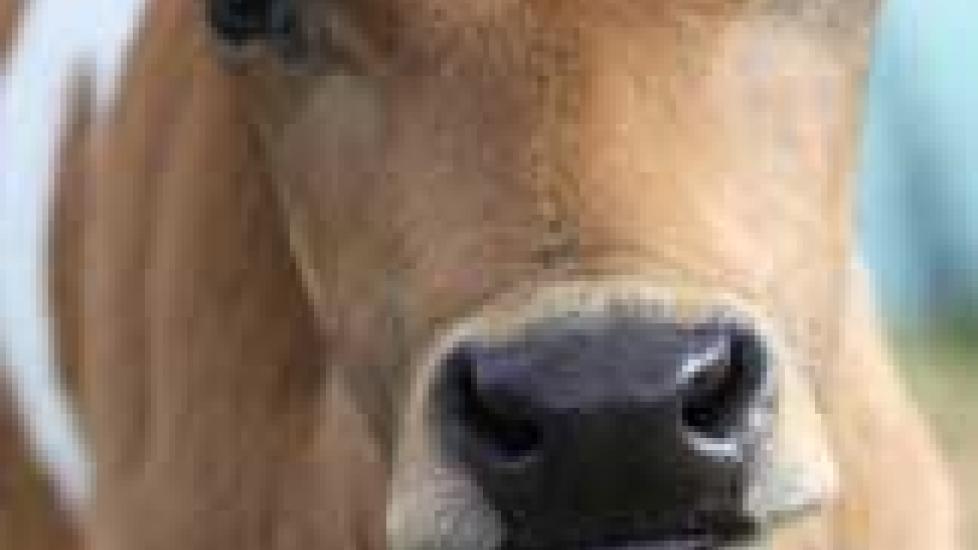Birthing Season, Part 1
The spring season is also the baby season in most of the domestic animal world. Evolution has hard-wired mothers of many species to give birth as the weather gets warmer and food more plentiful, and our farm animals are no exception.
Although human interaction sometimes purposefully alters some animals’ reproductive cycles for the sake of convenience or economy, March through May has my appointment book filled with neonatal exams and the emergency line buzzing with dystocia cases (dystocia is the term for “difficult birth”).
Let’s spend some time taking a closer look at some large animal reproductive facts.
1. Cattle
The gestation period for a cow is nine months, like a human’s. While certain farm species are very hardwired to breed only during certain months of the year, cattle are classified as nonseasonal polyestrus, which means they are happy to breed any time of the year and have multiple estrus cycles throughout the course of the year. Both beef and dairy farmers utilize both natural breedings and artificial insemination to breed their cows, depending on what sort of operation set-up they have.
Cows usually have one calf, although twins are not uncommon. One interesting thing about bovine reproductive physiology is that twin calves share blood supply between their placentas in utero. If one fetus is male and the other twin female, male hormones cross to the female placenta, interfering with sexual development. Female calves born twin to male calves are infertile for this reason. These female calves are called freemartins.
Dystocia in heifers is a common problem and the primary cause is called “fetal/maternal mismatch” which is a fancy way of saying the calf is too big and the heifer’s pelvis is too small. One reason for this is that the heifer was bred too young and hasn’t reached her full size by the time of calving. Another cause is being bred to a bull that produces large calves. There are bulls known as “calving-ease” bulls that are known for producing small calves. Farmers breeding heifers should always try to use these types of bulls.
2. Horses
The gestation period in the equine species is eleven months. Horses are seasonally polyestrus, so unlike cattle, mares are only fertile during the spring and summer months. Some horse breeders, particularly in the Thoroughbred and Standardbred racing industry, will house mares under artificial lighting in January and February to mimic the longer spring day length to get a jump start on female fertility for the season.
Twins are rare in horses and are a very bad thing. The equine uterus, unlike the cow’s, simply cannot adequately house two foals at the same time. Usually a twin equine pregnancy will result in abortion or miscarriage of both fetuses. If twins do come to term, they are often extremely small and weak and don’t survive.
The birthing process for the mare is often described as “explosive.” Whereas a cow can be in active labor for hours and this normal, once a mare’s water breaks (the rupture of the placental membranes), the foal should be delivered within twenty minutes, and it’s usually much shorter.
Another difference between horses and cattle is the pathology behind the placenta. Retained placentas in mares can be a life-or-death situation. If a mare has not passed her placenta within three hours after birth, this is cause for concern. Anything over eight hours and the mare is at risk for severe uterine infection that can lead to septicemia (blood infection), laminitis (severe and crippling foot inflammation), and death. Cattle, on the other hand, can keep their placentas for hours and hours. If a retained placenta in a cow results in a uterine infection, it’s not a big deal at all, just something treated with a good uterine flush, some antibiotics, and a hormone treatment, and she’s good to go.
*
Next week we’ll take a look at the reproductive wonders of small ruminants and camelids. Stay tuned!

Dr. Anna O’Brien
Image: Nate Allred / via Shutterstock
